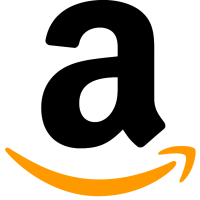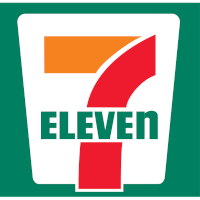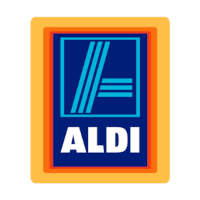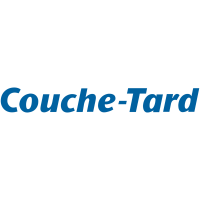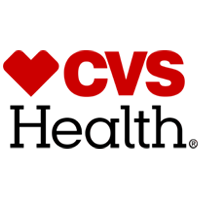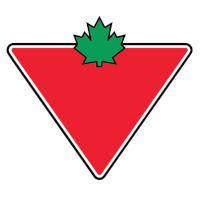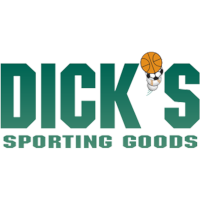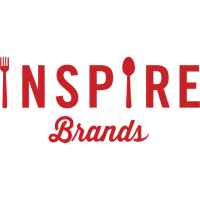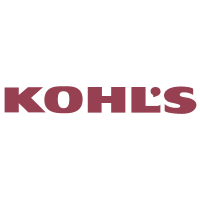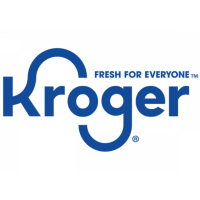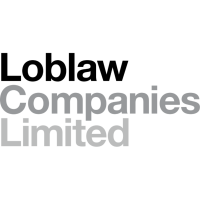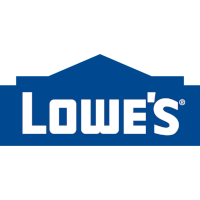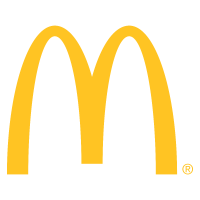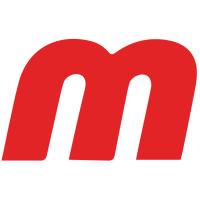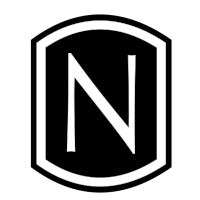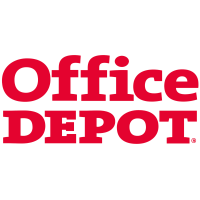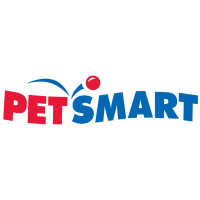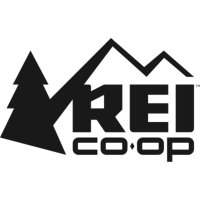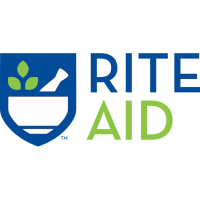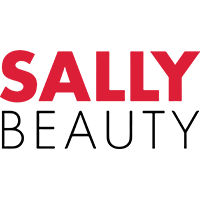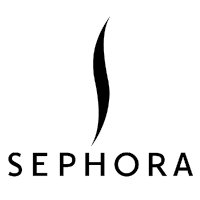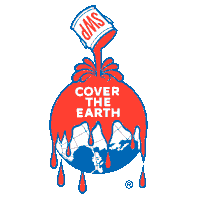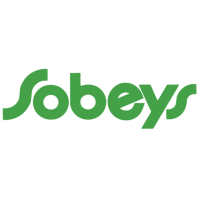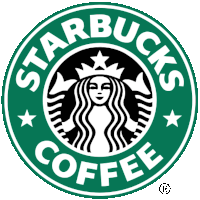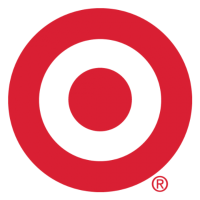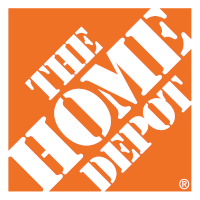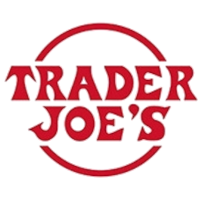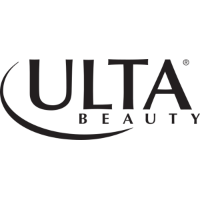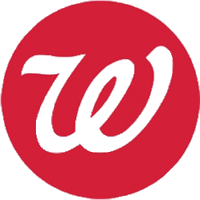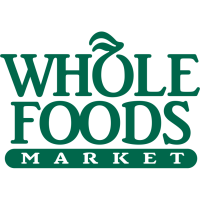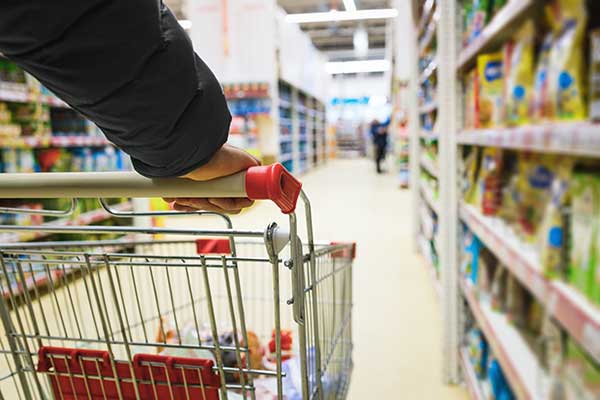Key Findings and Recommendations
- Corporate Commitment: Amazon adopted a safer chemicals policy in 2018, but it no longer includes an explicit preference for safer alternatives. The company should participate in the Chemical Footprint Project survey to improve its chemicals management and publicly support governmental policies to reduce chemicals and plastics of high concern.
- Transparency: All Amazon private-label baby, household cleaning, personal care, and beauty products in the U.S. and EU are registered on UL WERCSmart, where formulations are screened for chemicals that Amazon restricts. The company also requires disclosure of plastics in packaging for these private-label categories as well as the packaging for private-label softlines. Amazon should build on these efforts by committing to evaluate its chemical footprint.
- Ban the Bad: Amazon has developed restricted substance lists (RSLs) for its private-label baby, household cleaning, personal care, beauty, food contact packaging, apparel, accessory, and footwear products. Since the last report card, Amazon expanded its RSL for private-label formulated products, adding an additional 708 chemicals. Amazon has eliminated polyethylene bags for packaging private-label devices, is working to reduce the use of plastics in “jiffy mailers,” and is in the process of phasing out the use of these mixed material mailers. The company should build on these efforts by restricting the very same chemicals in the same categories of brand-name products sold on Amazon.com, where it could have a much bigger impact.
- Safer Solutions: Amazon is funding a chemical hazard assessment in 2024 for devices, and the company has made other financial investments to perform chemical hazard assessments on chemicals used in devices. Amazon has expanded its Climate Pledge Friendly program to include and promote EPA Safer Choice and Design for the Environment (DfE) certified products, and it sells numerous private-label products that are Safer Choice certified. The company should build on these efforts by investing greater financial resources into safer solutions.
2024 Detailed Analysis of Amazon
Corporate Chemicals Policy
Adopted a safer chemicals policy
Oversight
Established management oversight
Chemical Footprint Project (CFP)
Participated in the CFP
Collaboration
Actively participates in collaborative process to promote safer chemicals
Public Policy Support
Supported governmental policies to reduce chemicals or plastics of high concern
Supply Chain Disclosure
Brands report use of chemicals or plastics in products or packaging to retailer
Supplier Accountability
Ensures supply chain accountability for chemicals or plastics restrictions
Consumer Disclosure
Brands disclose use of chemicals or plastics to consumers
Chemical Footprint Calculation
Publicly disclosed its chemical footprint
Restricted Substances List (RSL)/Manufacturing Restricted Substances List (MRSL)
Reduction/Elimination Goals
Chemicals and Plastics Reduction
Reduced or eliminated toxic chemicals or plastics of high concern
Safer alternative definition
Adopted a definition of safer alternative consistent with Washington state
Investment in Safer Solutions
Invested financial resources to advance and drive development of safer solutions
Implementation of Safer Solutions
Replaced chemicals or plastics of concern with safer solutions
Quantified Safer Products
Measured and disclosed progress towards safer products
How does Amazon compare to its competitors?
Previous Grade History
NOTE: Our evaluation criteria changed in 2024. The scores from previous review years through 2021 are based on a different set of criteria measured.
Click or tap on a grade year to review additional details (where available).



